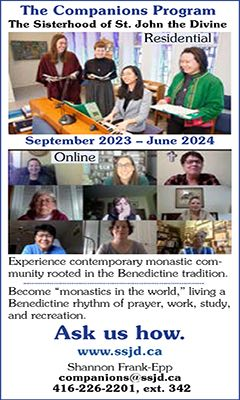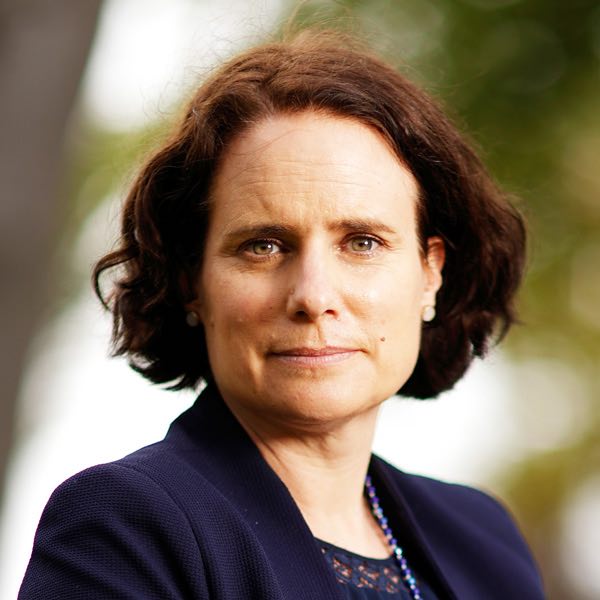This summer, I am inviting the entire diocese, lay and clergy, to read Challenging Racist “British Columbia”: 150 Years and Counting. The book was co-produced by the University of Victoria research project Asian Canadians on Vancouver Island: Race, Indigeneity and the Transpacific, and the Canadian Centre for Policy Alternatives (BC office). It contains 80 illustrated pages that can be downloaded at no charge at www.challengeracistbc.ca.
2021 marks 150 years since British Columbia joined Confederation. This resource highlights how white supremacy and racism have been and continue to be part of our history as a province. If we are to fully live into our baptismal promises to respect the dignity of every human being, it is incumbent on us as Anglicans in this province to know the history of how that promise has not been kept. One of the Five Marks of Mission of the Anglican Church of Canada is “to seek to transform unjust structures of society, to challenge violence of every kind and to pursue peace and reconciliation.” Dismantling white supremacy and racism is at the heart of this work.
I know the term “white supremacy” makes some of us uncomfortable. However, I am firm in my resolve that we, as a mostly white institution, must realize that we cannot dismantle racism without being honest about the fact that exceptionalism and its offspring — whiteness and white supremacy — are deeply embedded in our history, institutions and society, and in ourselves.
Did you know, for example, that in 1871, when B.C. joined Confederation, whites made up only about 10,000 of the total population of 50,000? In 1872, the all-white legislature passed a law that Chinese and Indian men could not vote. The legislature wanted to make sure they didn’t, as reported in The Daily British Colonist, “see an Indian occupying the Speaker’s Chair or have a Chinese majority in the House.” The premier, J.F. McCreight, refused to pass this into law, noting that limiting voting based on “nationality, race or colour” was wrong. John A. McDonald overruled him, and the law received royal assent.
Men and women of South Asian and Chinese heritage finally got the vote in 1947. Japanese men and women in 1949. First Nations people in 1960. Although Black men gained the right to vote with the abolition of slavery in 1834, they could only exercise that right provided they were naturalized subjects and owned taxable property; a practice that excluded poor and working class people and therefore, most Black people.
The history of white supremacy in this province is long and will not quickly or easily be unravelled. But our diocese is committed to walking together towards a future when all people are treated as equals in every aspect of our society, including the church.
This summer, please download and read Challenging Racist “British Columbia” www.policyalternatives.ca/challengingracistbc and join your parish and regional groups this fall to study and discuss this resource. More information will follow and Brendon Neilson, our vision animator will help coordinate our efforts as we strive to live into our vision direction of “Reconciliation and Beyond.”
I look forward to doing this challenging work with you. I know it will be, at times, uncomfortable, but I am confident that God will meet us in our discomfort and that God, by the power of the Holy Spirit, will transform us as the body of Christ.



